The first Arab head of state to make an official visit to Washington was the sultan of Oman, Said bin Taimur bin Faisal al Bustan, who met with President Franklin Delano Roosevelt in early March 1938 as the world was heading into World War II. Oman had recognized the United States as early as 1832, when Andrew Jackson was president. It has become an important ally since 1970, when Sultan Qaboos seized power in a British-supported coup and began to modernize the country. Qaboos died last year, and President Joe Biden should invite the new sultan for an early visit because Oman is an important voice for moderation and stability in the polarized region.
Sultan Said’s was one of only three foreign visits to the White House in 1938. The world was still in the midst of the Great Depression. Japan had invaded China, Nazi Germany was annexing Austria and Czechoslovakia, and most Americans wanted no role in the world. But FDR was not an isolationist: He was also aware that the Persian Gulf was the repository of the world’s oil reserves, and that Oman was a stable country in that soon to be critical region.
The trip’s origins lay in a letter the sultan sent Roosevelt in March 1937 telling the president of his intention to travel to America. Roosevelt promptly wrote back with a formal invitation to the White House. Sultan Said left Muscat for India, then the jewel in the crown of the British Empire. Oman was also a de facto British protectorate, with very close ties to South Asia.
The sultan arrived in San Francisco on February 19, 1938. After crossing the country, he arrived at Union Station in Washington on March 3. The next day he lunched with FDR in the White House. Secretary of State Cordell Hull had a formal dinner for the sultan that evening. He toured Washington’s Navy Yard and sailed on the secretary of the Navy’s yacht — the Sequoia — down the Potomac to Mount Vernon, George Washington’s home.
The Omani leader traveled north to New York and departed for the United Kingdom on the Queen Mary on March 23. It had been a very successful trip, because it affirmed Oman’s connections to both America and the United Kingdom on the eve of the war. The Omani leader would be followed to Washington by Saudi Prince Faysal, later King Faysal, five years later in the midst of the war.
Oman sits at the terminal of the Arab world, Iran and South Asia. In Qaboos’ five decades on the throne, he developed close ties with all three. Oman received crucial military support, including troops from the shah, in the early 1970s to defeat a communist-led insurgency in the southern province of Dhofar, which was backed by South Yemen and the Soviets. The sultan was able to work to build a dialogue with the Islamic Republic after the Iran-Iraq war ended. He served as a back channel to Tehran for Presidents Bill Clinton and Barack Obama. Former Secretary of State John Kerry gives Qaboos credit for making possible the Joint Comprehensive Plan of Action (JCPOA) that halted Iran’s pursuit of a nuclear weapon in his memoirs. The sultan stayed neutral in the Saudi war in Yemen, and Oman is now a channel to the Houthi rebels who control most of the country. Oman also conspicuously failed to join Saudi Arabia, the United Arab Emirates, Bahrain, and Egypt in their squabble with Qatar.
In his half-century in office, Qaboos made only one state visit to the White House, in 1983. He was always available for meetings with American officials in Muscat or his homes in England and France, but he was an intensely private man. Only one American president, William Clinton, has ever visited Oman while in office. Clinton’s visit (which I arranged) was a brief meeting at the airport as Clinton traveled from Pakistan to Switzerland. Qaboos accommodated the trip on short notice. Both Presidents George H.W. and George W. Bush have visited Oman after leaving the White House. Trump ignored the country: No president has been as dismissive of Oman as Trump, probably because of the role Muscat played in securing the JCPOA and its neutrality in the Yemen war, in which Trump strongly backed the Saudis.
Qaboos died in January 2020, just before the pandemic changed the world. His successor Sultan Haitham bin Tarik has had to take on the imposing challenge of replacing a legend in the midst of the virus, global economic turmoil and intense regional tensions between Saudi Arabia and Iran with a war on his southwest border. President Biden should extend an early invitation for the sultan to visit the White House to reaffirm the historic partnership symbolized by the 1938 summit. A visit for the new sultan would reaffirm America’s support for a partner that does not promote sectarian tensions or meddle in its neighbors affairs. Oman, which has the fastest-growing population in the world per capita, faces serious economic challenges, and a visit to Washington could encourage foreign investment. It will also underscore Oman’s helpful position in Yemen and with Iran.
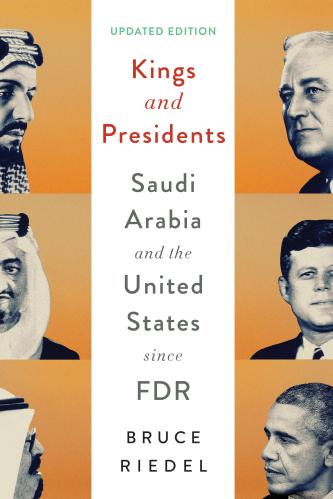

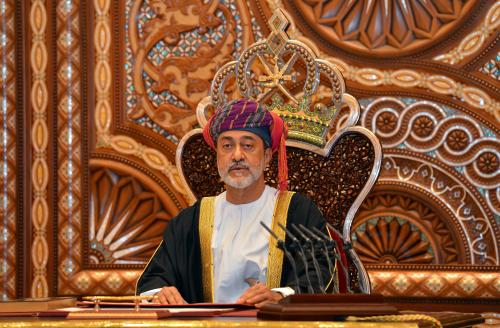
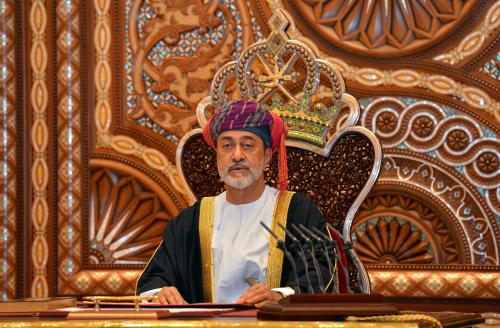
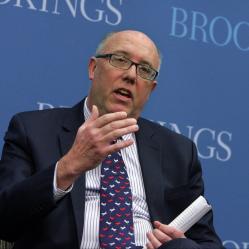
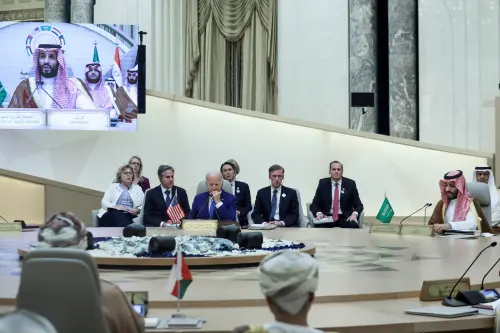
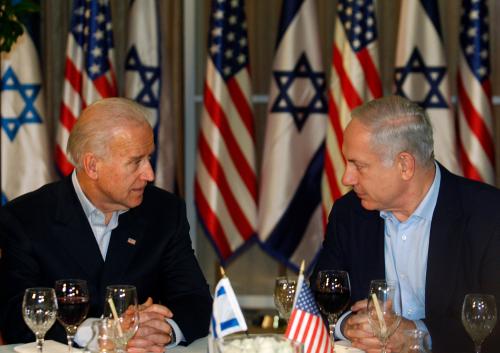
Commentary
Oman: First Arab leader to Washington in 1938, and due for another visit
April 14, 2021